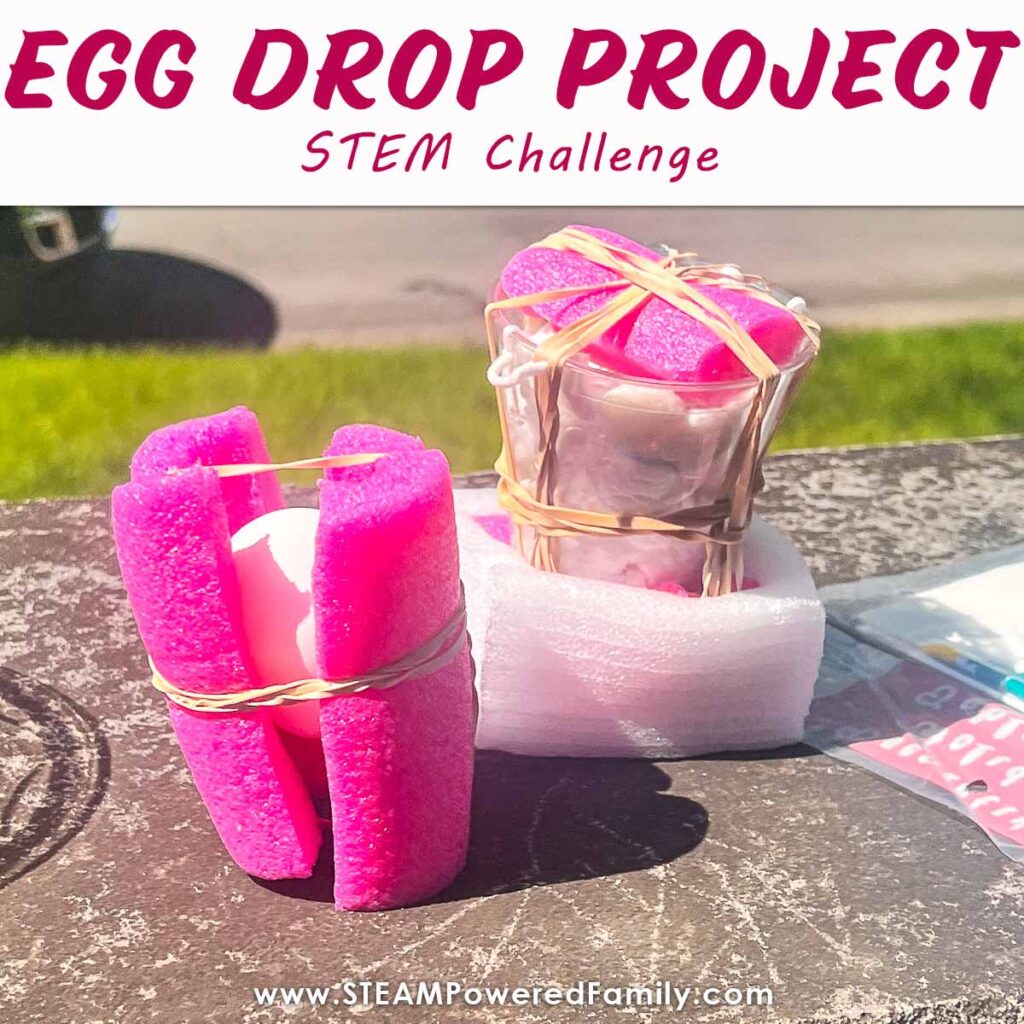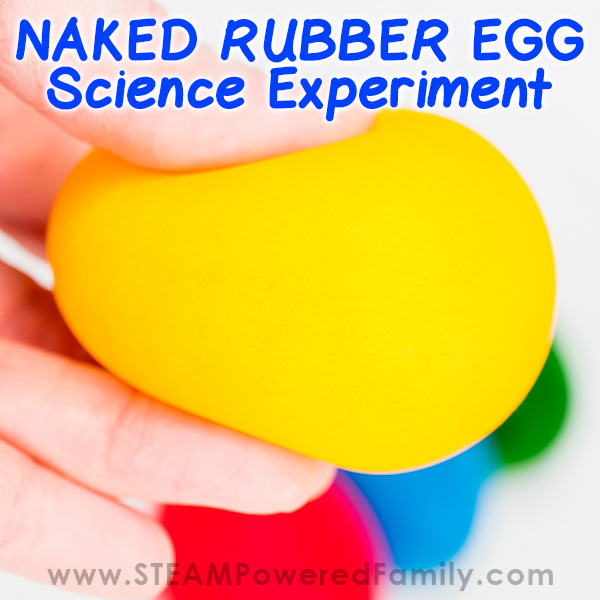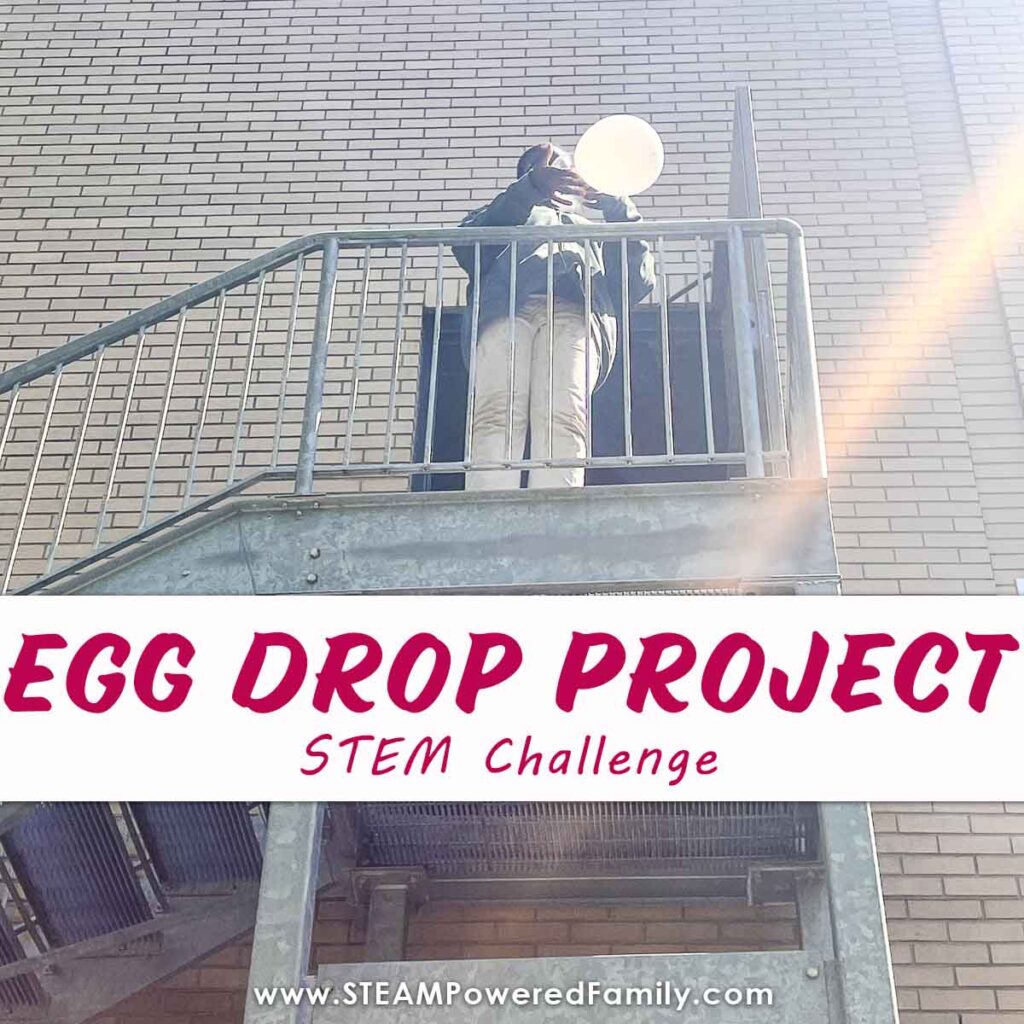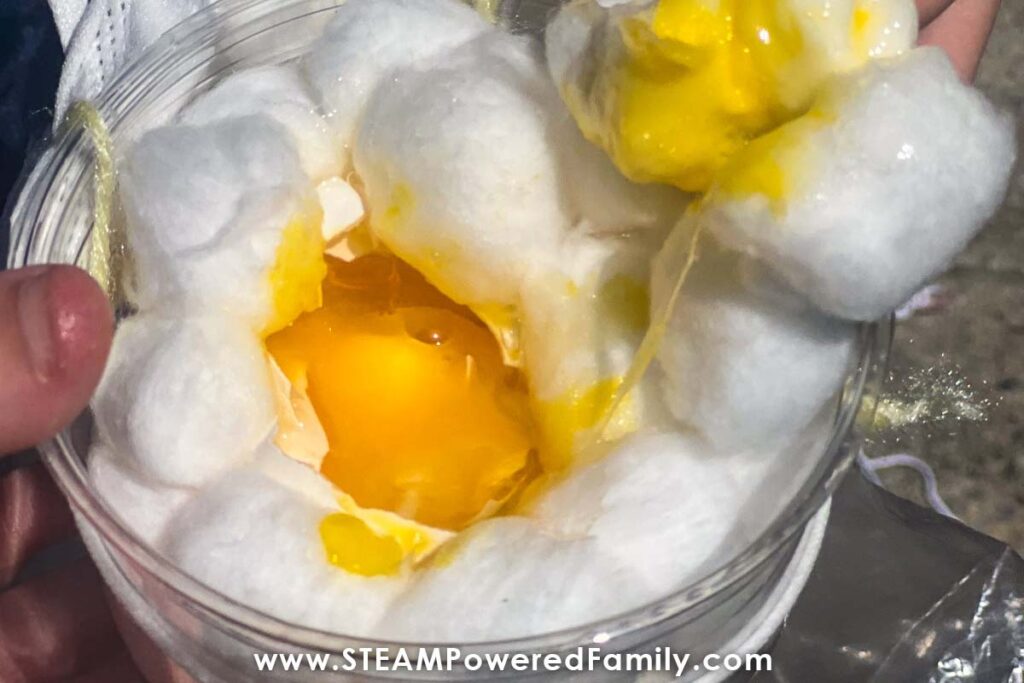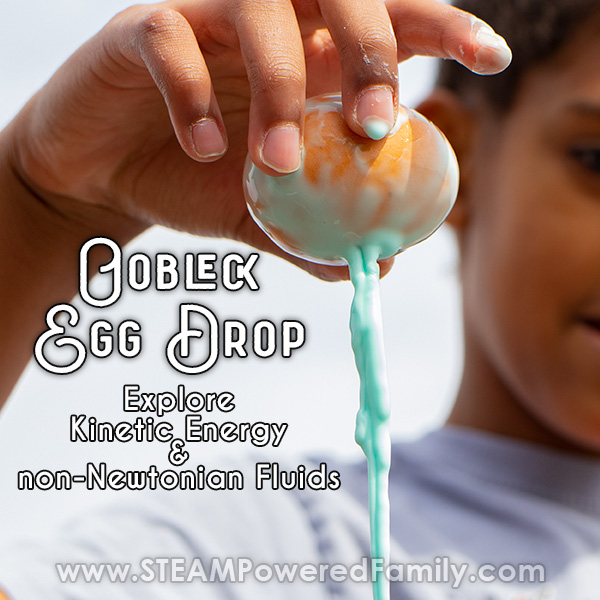Egg Drop Project
Can You Drop an Egg without Breaking It? The egg drop challenge is a classic but it never ceases to amaze the kids, and I am always amazed with their ingenuity! With STEM we are always working to build creativity, problem solving skills, curiosity, and a passion for experimentation and learning. The Egg Drop Project is the perfect Summer STEM project for developing all of those areas. So let’s dig into this wildly popular activity.
Egg Drop Project Ideas
Disclaimer: This article may contain commission or affiliate links. As an Amazon Influencer I earn from qualifying purchases.
Not seeing our videos? Turn off any adblockers to ensure our video feed can be seen. Or visit our YouTube channel to see if the video has been uploaded there. We are slowly uploading our archives. Thanks!
With an egg drop project it always seems like the contraptions that you’re sure will fail, somehow keep that egg perfectly safe. Then the ones that seem indestructible, end up with egg all over! What makes a good egg drop experiment in my mind is a little bit of direction and a lot of freedom. Kids will copy just about anything you show them, but given the freedom to problem solve on their own is always a joy to watch.
I highly recommend doing this project outside or somewhere that allows for easy clean up. Dropped eggs can really splatter everywhere! You may also want to avoid this activity on really hot, sunny days, to avoid the splattered raw egg cooking before you can clean it up. If you want to try cooking some eggs on those hot days, check out our Solar Oven Project.
Egg Drop Project Supplies
What Do We Need?
Raw Eggs (and lots of them!)
Plastic Easter Eggs (optional but great for the planning and prep work)
Building Materials, this is where you want to raid your tinker kits, recycling bins, cupboards and really encourage kids to get creative! Here are a few ideas to get you started.
- Cut up Pool Noodles
- Cardboard Tubes
- Cardboard boxes (smaller ones, like shoe boxes or tissue boxes)
- Plastic containers (like yogurt containers)
- Packing Peanuts or other packing materials
- Rubberbands
- Plastic Cups
- Zip Top Bags
- Straws
- String
- Face Masks
- Craft Sticks
- Playdough
- Cotton Balls
- Old shirts or pieces of fabric
You may also need:
Tape (clear tape, duct tape)
Glue (school glue, glue sticks, glue gun)
Scissors
Hobby knife
Markers
Inquiry Questions for Students
Start with some questions and a conversation to get your kids thinking like scientists and STEMists. Also, don’t be afraid to have kids use the Scientific Method to reinforce learning this powerful approach to experimentation.
Here are some questions and conversation prompts for you.
What happens when you drop an egg? This is a great time to talk about potential and kinetic energy.
What will happen if I drop an egg on the floor? If you’re feeling brave you could even drop an egg and let them see the mess and how fragile the shell is!
What causes the egg to break when it hits the ground?
What might we be able to do to prevent an egg from breaking? How can we protect it?
Could you build a contraption that would protect an egg? What would that look like?
What are some important things that you should consider when building?
You could also explore the parts of the egg and challenge kids to make Bouncy Eggs using chemistry. This could be a fun experiment to do, while doing the egg drop project. The result is an egg with no shell that bounces. A super cool experiment to do with the Egg Drop.
Science Vocabulary
This is a perfect opportunity to talk about some science vocabulary and the physics behind the egg drop!
Potential Energy: The energy an object may have based on its size and position.
Kinetic Energy: The energy of motion.
Gravity: The force that pulls objects to earth.
Velocity: How fast an object moves as it falls.
Momentum: the way an object will speed up as it is falling and continue until it meets an outside force – like the ground.
Collision: When two objects run into one another causing a change in energy and momentum.
Newton’s 3rd Law of Motion: Action & Reaction: For every action in nature there is an equal and opposite reaction. If an object (egg) exerts a force on another object (the ground), the ground also exerts an equal and opposite force on the egg. For more projects on Newton’s Laws check out Balloon Rocket Physics or our Pinball Machine Project.
Egg Drop Project Step 1 – Design
I like to have students draw out their designs – making note of what they think is important to protect the egg. I let them look at the materials we have to work with so they have some direction. Some things to take into consideration are how can we slow the fall of the egg once it is released and how might we be able to protect the egg once it hits the ground. Once they have their design they need to bring me a materials list of what they need to build their design.
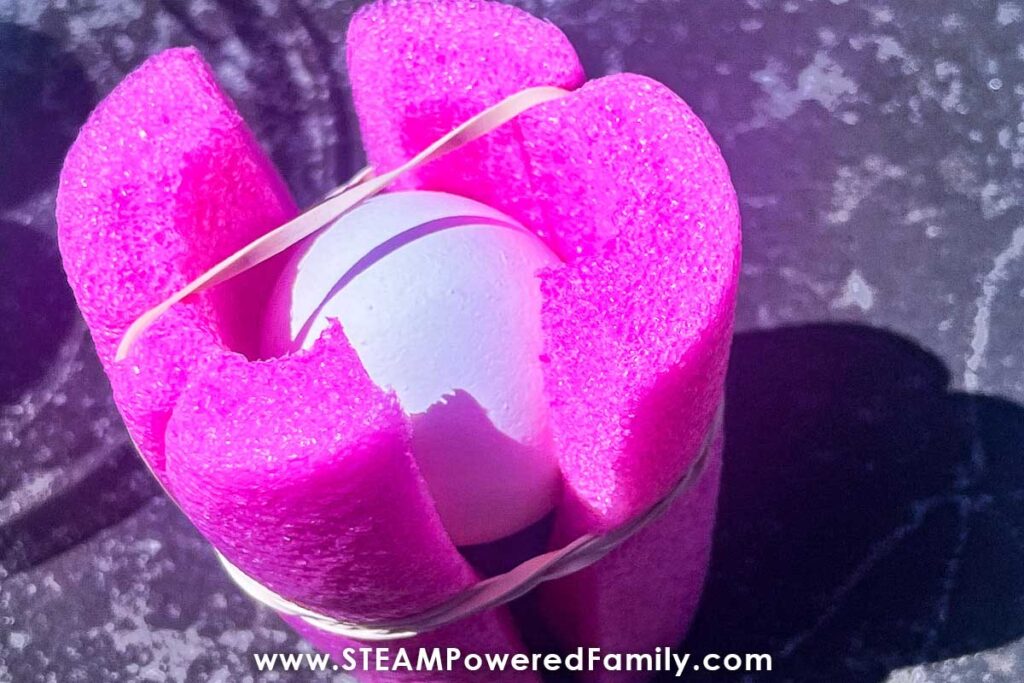
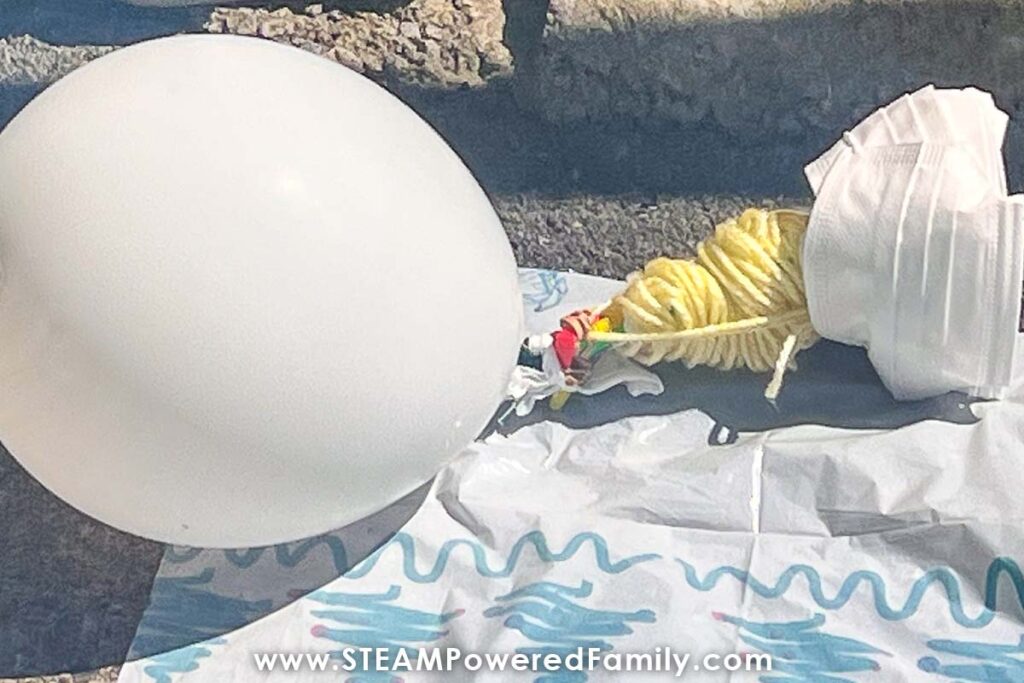
Egg Drop Project Step 2 – Build
Students are given a plastic egg for measuring purposes and the materials that they requested. I give them a set amount of time to build. It is good to stress here that they need to be able to remove their plastic egg and add an actual egg before the drop. The build process will inevitably present issues that the students will need to work with and adapt. This is all part of the process and encourages students to problem solve as they go.
Egg Drop Project Step 1 – Test
This is the fun part – I had students drop their eggs over a 2nd story railing. (With supervision at the top and bottom!) Sometimes you will hear a crack, but other times there is a lot of anticipation to see the results when you reveal the inside of the egg drop designs.
This part is always exciting! It’s a great time to ask students some questions. Do they predict the egg survived or not? How did the fall or the landing influence your prediction?
Then gather round and check the eggs!
It’s always funny to me how this turns out – the one contraption this time that I was sure would fail was by far the best egg drop design this year. This particular student had no interest in the suggestions of his classmates and simply wrapped the egg in pieces of pool noodle and rubber bands. The student didn’t really listen and hurled the egg over the railing rather than dropping it – I was sure we would all be covered with egg yolk and surprisingly his contraption just bounced and the egg was perfectly fine. While the student who made a meticulous soft cocoon of cotton balls and had a parachute to slow her fall ended up with a broken egg.
If you would really like to check out an amazing egg drop experiment that might not go the way you would think – check out the Egg Drop project using Oobleck – it’s a really cool out of the box way to try this challenge!
Egg Drop Final Step: Revise and Retest
I really enjoy leaving time to revise and retest designs whenever possible. It really helps encourage a growth mindset in the students – it’s the definite power of yet!
Have a blast with this classic STEM challenge with your students!


